- Author: Karey Windbiel-Rojas
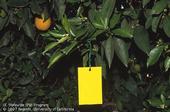
In honor of May the 4th, the Star Wars fans here at the UC IPM Program thought we'd have some fun with that well-loved line from Episode VI.
Instead of strategies to conduct intergalactic battles, the traps we like to talk about are the ones for monitoring and catching pests around the home, garden, and landscape.
Test your knowledge of traps by seeing if you can name the traps below and what they are used for. Answers will be posted tomorrow!
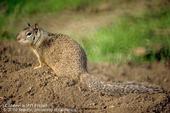
Although they're small, cute, and furry, ground squirrels can be a real pest for California residents and gardeners. Found throughout California, burrowing ground squirrels cause damage to landscapes and structures while feeding on ornamental or food-bearing plants.
How can you get rid of ground squirrels?
There are several management options for ground squirrels. They might include:
- habitat modification
- exclusion
- trapping
- fumigation and toxic baits
It's important to understand the life cycle and behavior of ground squirrels for...
- Author: Cheryl A. Wilen
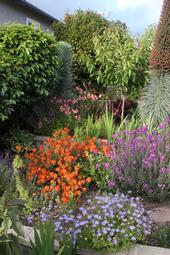
[Originally published as "Managing Weeds in Landscapes" published in the Fall 2018 issue of the Retail Nursery and Garden Center IPM News.]
Nurseries and garden centers often sell a wide range of plants for use in gardens and landscapes. As a consumer, you may manage a complex array of different landscape plantings, including woody trees and shrubs, woody ground cover beds, annual flower beds, herbaceous perennial beds, and mixed plantings. This...
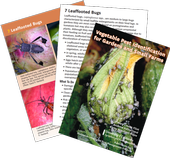
While working outside, gardeners and farmers may discover pest problems they need to answer quickly. To meet this need, the University of California Division of Agriculture and Natural Resources has recently published the Vegetable Pest Identification for Gardens and Small Farms card set.
This travel-sized guide is a convenient and quick way to keep a pest management reference in your pocket. The set of 53 full-color cards contains photos and information about common insect and mite pests as well as plant diseases, nematodes, abiotic disorders, weeds, and vertebrate pests. The cards focus on sustainable pest management for vegetables, melons,...
- Author: Niamh Quinn
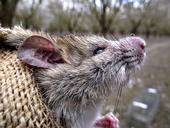
It is important for food-safety reasons to manage rats in school and community gardens. Rats and other wildlife can carry a number of diseases that can be deposited in the form of urine and feces on fruit, vegetables, and in the soil. Rats can also directly damage fruit and vegetables by consuming the produce entirely or by gnawing on parts of it and making it unfit for human consumption. Norway rats create burrows that can compromise beds and root systems. While rats can also chew on drip irrigation and damage the tubes, it is more common for some other wildlife species to chew on these.
Managing rodents in and around school and community gardens can be difficult. One of the easiest ways to keep many rodents at bay is to remove...


